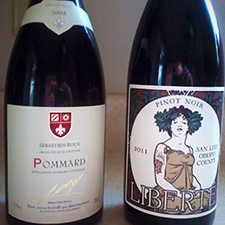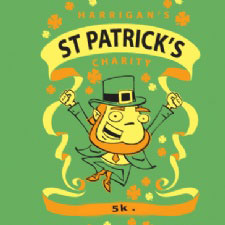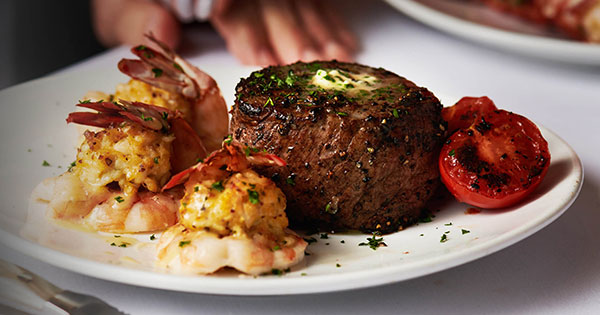Pinot Noir

What makes this grape so beguiling? Why are countless hours and words spent describing it? Why do collectors sock away hundreds of bottles? And what makes it so expensive? All those answers and more this month.
Pinot Noir
What makes this grape so beguiling? Why are countless hours and words spent describing it? Why do collectors sock away hundreds of bottles? And what makes it so expensive? All those answers and more this month.
Pinot Noir is one of the 4 or 5 most significant red-wine grapes, and probably the most difficult of them to grow. It's a low yielding vine, so it's going to be more expensive than other wines right out of the gate. It only grows well in cooler climates, so producers in California hunt for those foggy, coastal plots to plant it - but eastern France, Oregon, and New Zealand are all well-suited to growing Pinot.
The grape mutates easily, and responds to very slight variations in climate and soil - the monks in Burgundy have records going back more than 800 years, detailing the day-by-day conditions on plots as small as a tenth of an acre, and the wines that resulted each year. All the confusing nomenclature on Burgundy bottles is the result of that painstaking attention to detail, and the resulting influence on the wine. And that's what makes the wine so collectible as well: those little plots are carved up among multiple owners, each one producing as little as 50 or 100 cases a year.
Since the grape is relatively big, and it has a thin skin, Pinot Noir is typically the lowest-tannin and lightest-colored red wine you'll run across. It also doesn't need much oak. This makes it a good 'beginner' wine; if you've only drunk white before, Pinot is a good first foray into the world of reds.
In general, you'll find two styles of Pinot on the market - 'feminine' and 'masculine'.
Feminine Pinots are loaded with berry fruit: strawberry, raspberry, maybe a little cranberry. They have good acidity and a soft feel in the mouth. These wines are fantastic with grilled salmon, almost any kind of vegetable dish, and poultry - especially turkey and game birds. I always offer Pinot Noir at Thanksgiving.
Masculine Pinots are heftier, with earthy notes of mushroom and forest floor, some white pepper, and spice/herb notes. You may even get a touch of meat juice - go ahead, lick your plate after you've finished that steak, I won't tell! This style is wonderful with lean red meats, smoked salmon, tuna steaks, and anything with mushrooms or truffles.
Buying guide: Pinot Noir is almost always found in slope-shouldered bottles; if you can't find the vintage, look at the little label on the neck. Since good bottles of Pinot can range from $25 to $80 retail or more, spend your time shopping. And Pinot Noir is definitely one of those places where skimping is not advised - you're better off hunting bargains in the Chardonnay and Merlot sections so you can get a really good Pinot. If you're in the French section, look in the small print for "Vin de Bourgogne" - red Burgundy is always 100% Pinot Noir. I advise you to start with small, family producers from Oregon and New Zealand; they are usually good about giving descriptions on the back label and I think they give the best bang for the buck.
Take your time with Pinot Noir - let the wine evolve in the glass over the course of an evening. I think you'll find it very rewarding. And it will be a never-ending source of conversation - I often wonder how Pinot Noir fanatics manage to drink and talk at the same time.
Cheers!


















